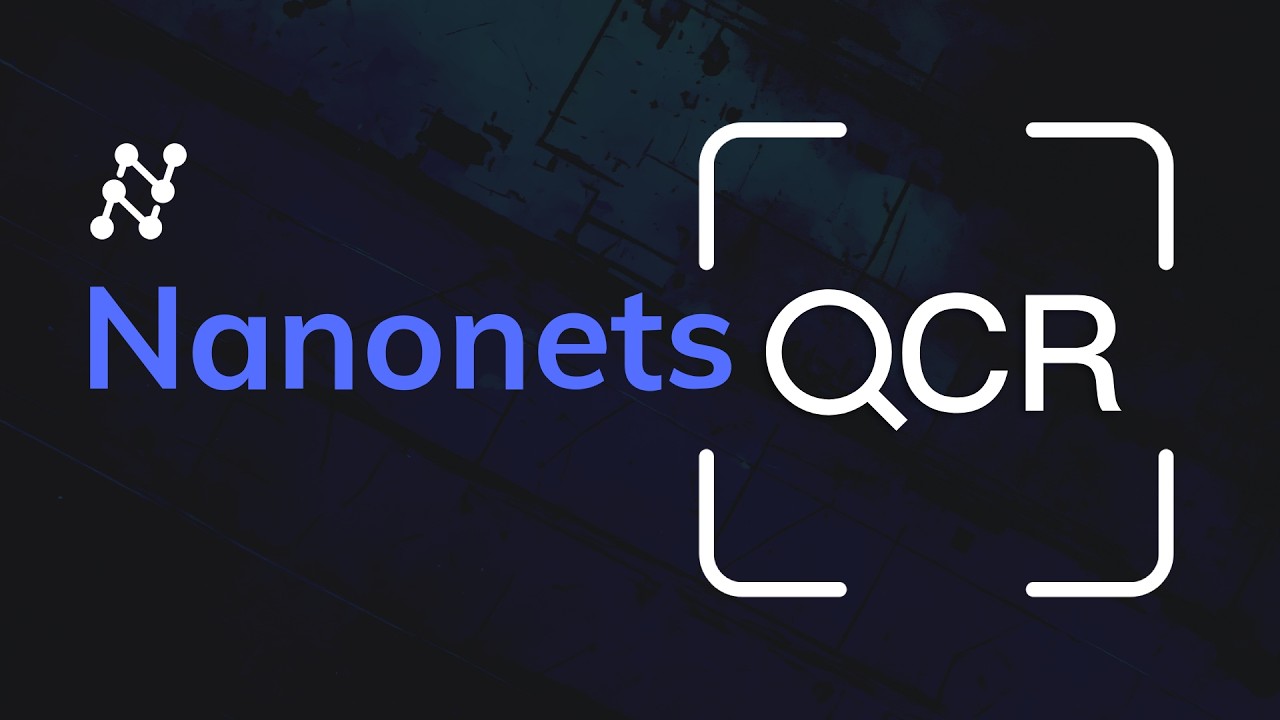The video introduces NanoNets OCR Small, a compact 3-billion parameter OCR model fine-tuned from the Quen 2.5VL vision-language model, notable for its advanced capabilities like LaTeX recognition, signature detection, watermark extraction, and complex table handling, all while running efficiently on modest hardware. Emphasizing specialized, efficient OCR solutions, the model supports multilingual text and structured outputs, enabling private, on-premise document processing and signaling a shift toward more accessible, customizable OCR technology.
The video discusses the recently released NanoNets OCR Small model, a 3-billion parameter OCR system fine-tuned from the open-weight Quen 2.5VL vision-language model. Unlike previous large OCR models such as Llama OCR or M OCR, NanoNets OCR Small is notable for its compact size, making it potentially runnable on devices like phones or modest GPUs. The base Quen model, known for its strong vision-language capabilities, has been adapted by NanoNets to specialize in OCR tasks with a focus on a variety of document types and specialized features.
NanoNets OCR Small stands out by supporting six key specialized OCR capabilities beyond plain text extraction: LaTeX equation recognition, intelligent image description, signature detection, watermark extraction, smart checkbox handling, and complex table extraction. These features address common challenges in OCR that many other models overlook or handle poorly. For example, the model can extract and describe images and signatures directly in the text output, unlike some models that only provide image placeholders, and it can detect watermarks that other OCR systems might miss.
The training dataset for NanoNets OCR Small consists of 250,000 carefully curated pages from diverse document types such as research papers, financial and legal documents, healthcare forms, receipts, and invoices. This dataset includes both synthetic and manually annotated data, specifically enhanced to improve performance on tables, equations, signatures, and watermarks. While the model excels in these areas, it is not designed for handwritten text recognition, although it can handle signatures to some extent.
In practical testing, the model demonstrates strong performance on multilingual text, including characters with diacritics and some non-Latin scripts like Japanese, likely benefiting from the base Quen model’s capabilities rather than specific fine-tuning. It also handles complex tables well, outputting structured HTML-like formats that can be integrated into retrieval-augmented generation (RAG) systems. The model runs efficiently on accessible hardware such as a T4 GPU, making it suitable for private, on-premise document processing without reliance on cloud services.
Overall, the video highlights the trend toward smaller, specialized OCR models that balance performance and efficiency. NanoNets OCR Small exemplifies this by delivering advanced OCR features in a compact model that can be deployed easily and privately. The presenter anticipates further improvements with upcoming versions of the base models and encourages viewers to experiment with the model, especially testing its multilingual capabilities and sharing feedback. This development signals a shift in OCR technology toward more customizable, accessible solutions tailored to specific use cases.
